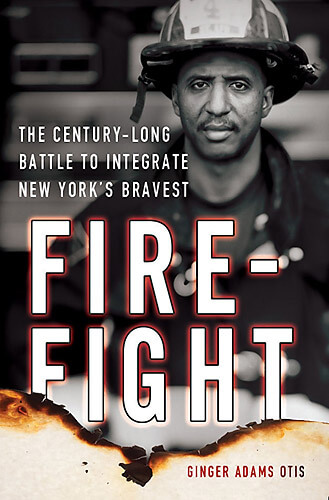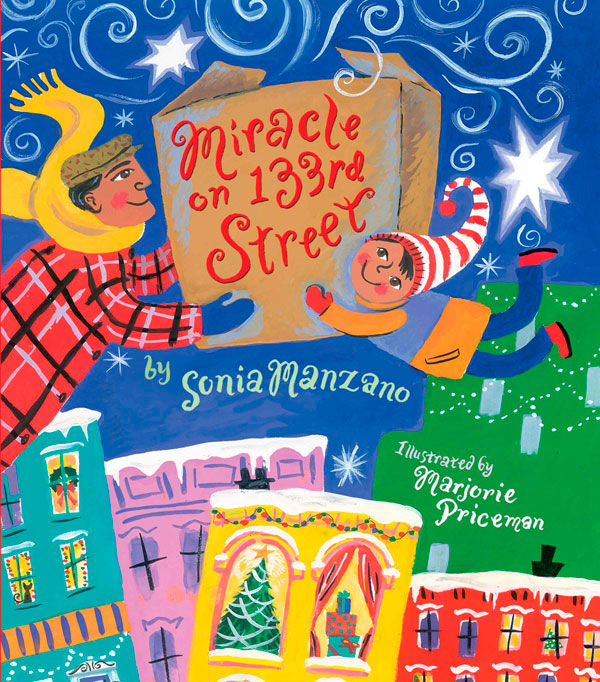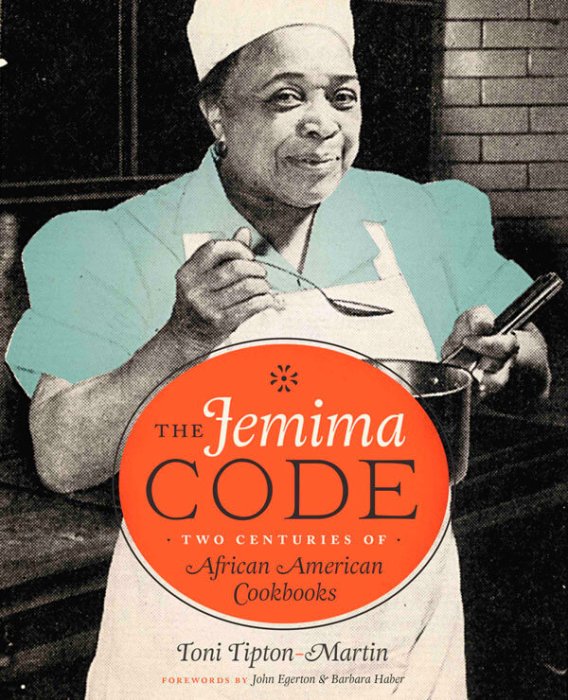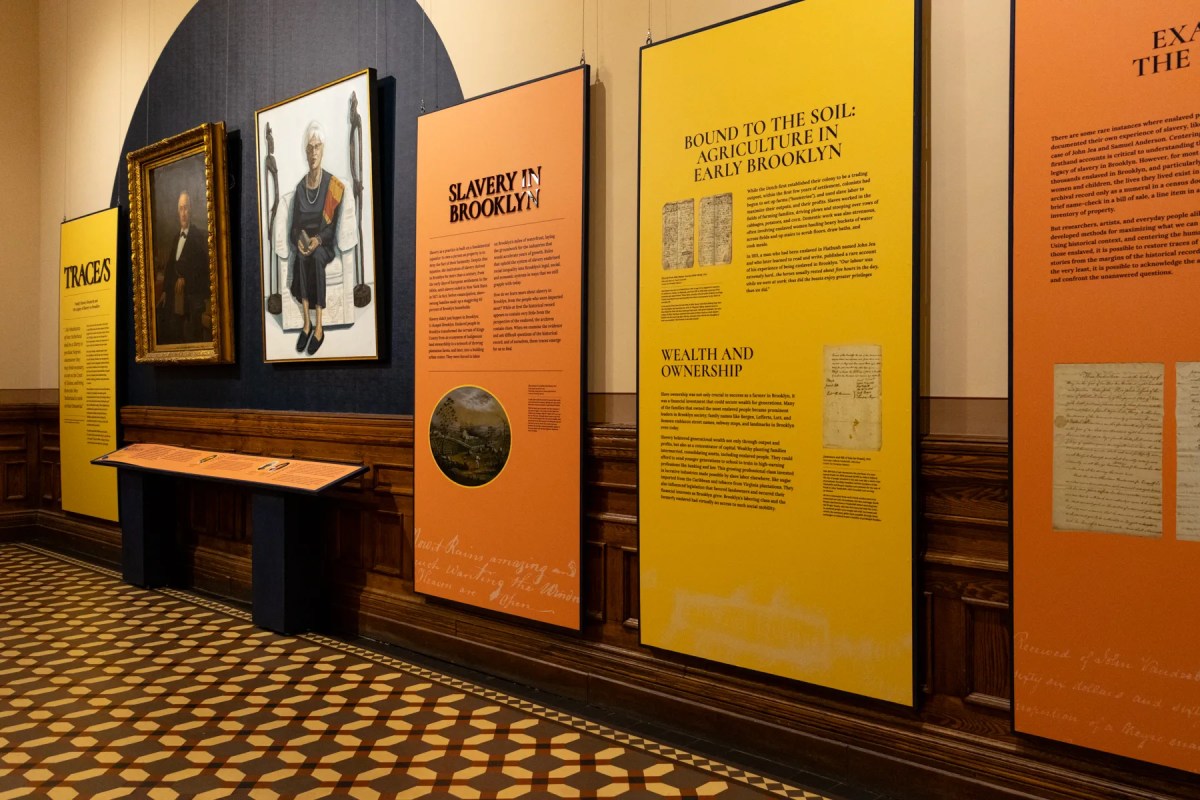“Buffalo Soldiers: Heroes of the American West” by Brynn Baker
c.2016, Capstone Press
$26.65 / higher in Canada
32 pages
Your family is filled with people to whom you look up.
There’s Grandpa, who served in the war. Grandma, who raised many children with little money. Your uncle, another veteran overseas; and both your parents, who keep you fed and safe. You look up to all of them but imagine how high you’d have to look if they were on horseback, and then read “Buffalo Soldiers: Heroes of the American West” by Brynn Baker.
At the beginning of the Civil War, many freedmen and recent-runaway slaves tried to enlist in the Army to fight for the North. There were laws against that kind of thing then, but after the Emancipation Proclamation in 1863, the Union Army was open to former slaves, who fought in segregated units.
Says Baker, “By the time the war ended in 1865, about 186,000 Black soldiers had joined the Union army.” Twenty-five of them were awarded the Medal of Honor for bravery in battle and so, seeing that African Americans made fine soldiers, Congress “reorganized the army” to create six “all-black regiments” (later reduced to four) and sent them to patrol the Western territories on foot or by horse. They were called Buffalo Soldiers, although nobody knows exactly why.
Segregation was still the law of the land then, but being a Buffalo Soldier was a way to make a living while also gaining “the respect of white men.” Riding on horseback, the Buffalo Soldiers kept the peace in a lawless Western frontier. Relations between settlers and Native Americans were shaky, and the Soldiers helped eliminate disputes. They were assigned to fix forts, help local sheriffs uphold the law, and guard mail carriers. While doing their jobs, they mapped the new territories and took note of the wildlife they often encountered.
There was adventure, but the job was “challenging,” too: housing was usually poor, food was sometimes lacking, while battle and disease also took its toll. Buffalo Soldiers often worked with second-rate equipment and broken-down horses. Still, they “took their jobs seriously and served with honor” and eight states can thank their existence, in part, to “the Buffalo Soldiers’ service to their country.”
Dates and names. Does your child think that history consists just of those two sometimes-boring things? Show him that there are lively stories behind those names and dates by giving him “Buffalo Soldiers.”
With plenty of pictures and sidebars, author Brynn Baker puts history into perspective by explaining, in child-friendly terms, how Black men (and at least one woman!) helped settle the West at a time when African Americans sometimes struggled for the chance to own property themselves. Baker furthermore shows how Native American history is intertwined with that of the Soldiers, and it’s told in an engaging, almost story-like way that I think kids will enjoy.
For nine-to-12-year-olds, this is a great introduction to a sometimes-overlooked facet of history and it might spur them to delve even further into the topic. History-minded children, especially, may want to read “Buffalo Soldiers” for pleasure, too, so go ahead – look it up.
























